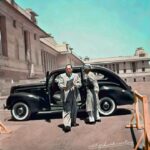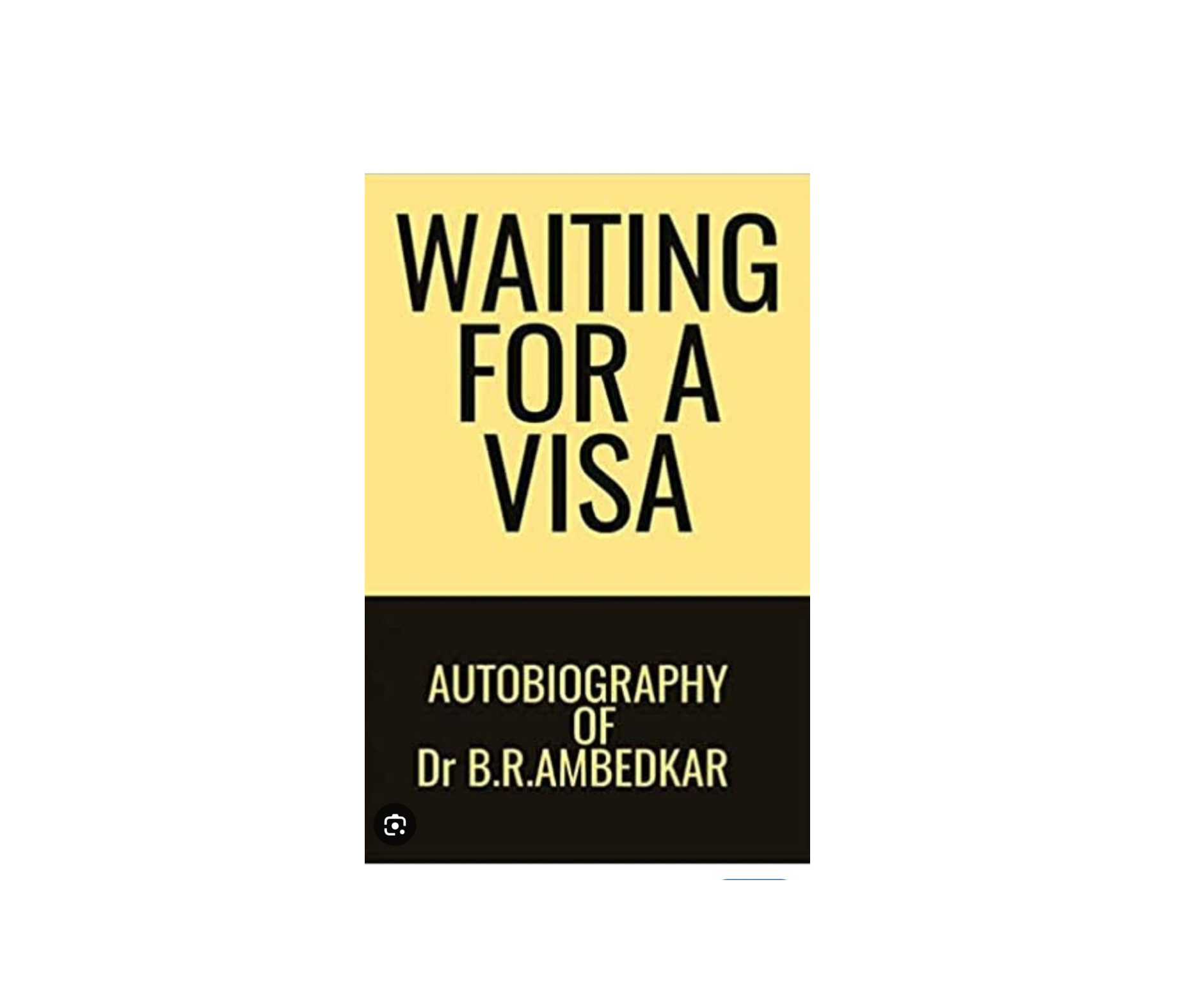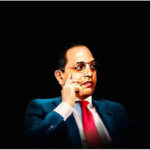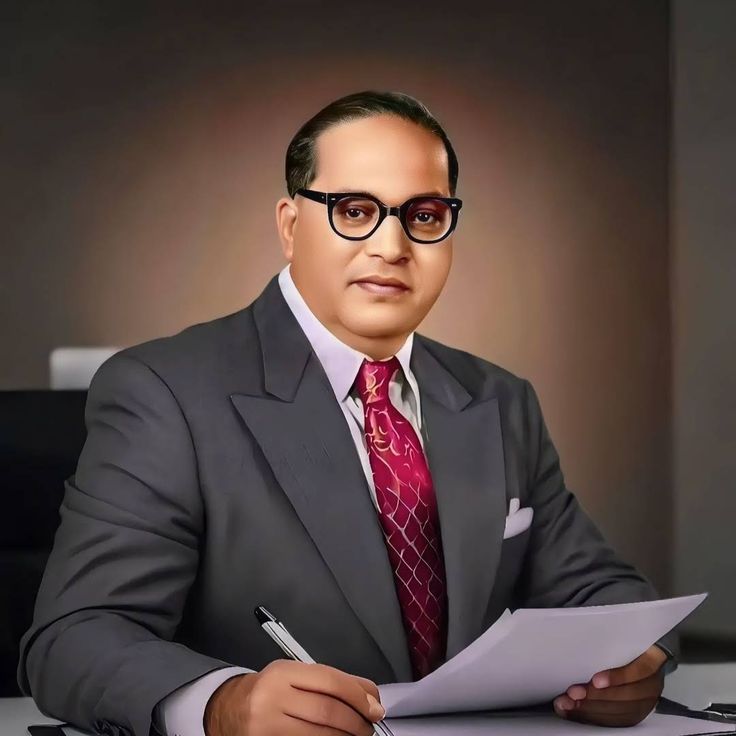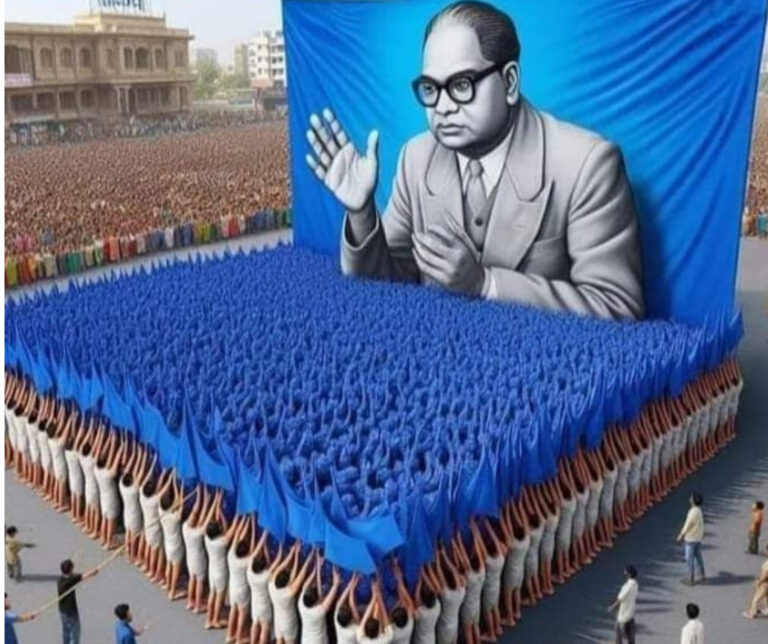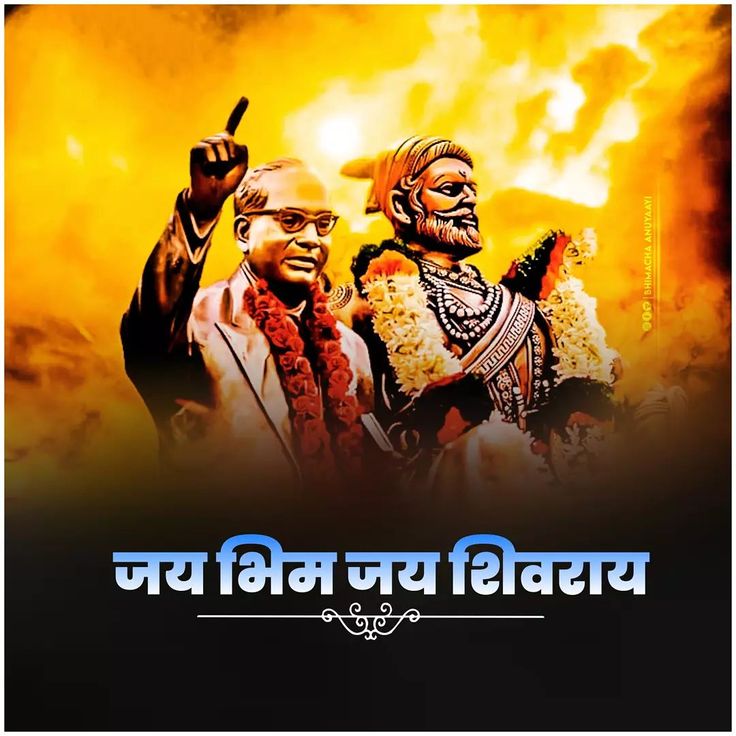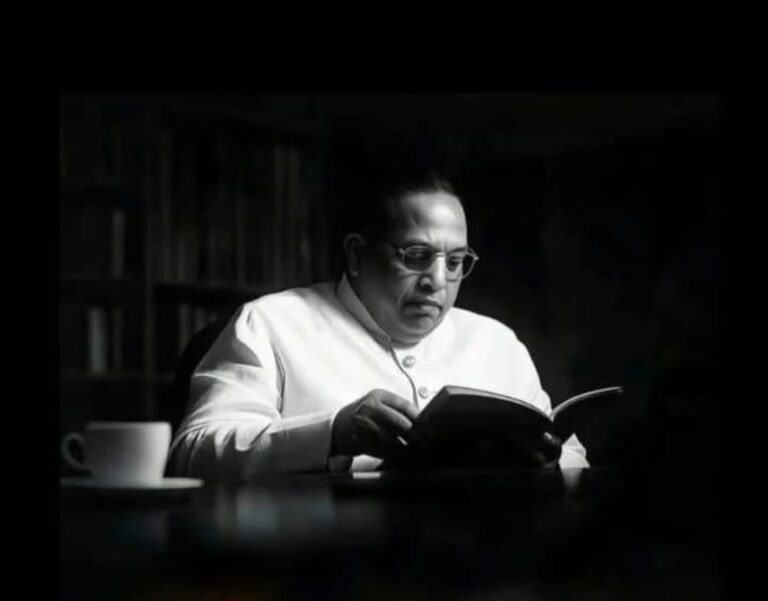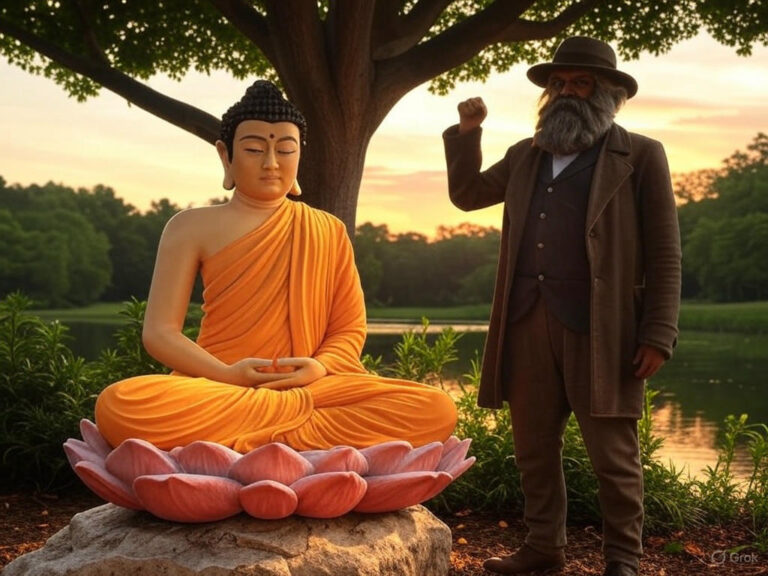Ambedkar’s Words That Wake Us
Babasaheb spoke words that hit like thunder. Dr. B.R. Ambedkar slogans in English weren’t just lines; they were plans to lift India’s weak. From “Educate, Agitate, Organize” to “Liberty, Equality, Fraternity,” he gave us a voice in his lifetime speeches. For this article, I’ve gathered his key slogans, ones he said himself, not just chants about him, and we’ll dig into their stories.
Why do this? Because in 2025, with caste and inequality still stinging, his words aren’t old—they’re alive. Let’s walk through these slogans, feel their fire, and see why they matter. Ready? Here’s Ambedkar, loud and clear!
Why Slogans? His Tool to Rise
Born in 1891 in Mhow, a Dalit facing hate, Ambedkar studied in America and England, mastering English. He used it to shout beyond India—to the world. His slogans, short and strong, stuck with people. They weren’t poetry; they were power—calls to fight, think, and unite.
The Slogans: History and Meaning
Here’s a list of Dr. B.R. Ambedkar’s slogans in English, pulled from his speeches, books, and life. Each has a story and a spark.
1. “Educate, Agitate, Organize”
- History: Said on October 13, 1935, at Yeola, Maharashtra, and again in 1942 at the All-India Depressed Classes Conference.
- Context: Ambedkar urged Dalits to break caste’s chains—his three-step battle plan.
- True Meaning: Learn your rights (educate), fight wrongs (agitate), unite for strength (organize). He lived it—Mahad 1927, Nagpur 1956.
- Today: With 20% rural dropouts (2024 data), it’s our call to act.
2. “Liberty, Equality, Fraternity”
- History: Written in the Preamble of India’s Constitution, finalized in 1949, reflecting his 1940s speeches.
- Context: Inspired by the French Revolution, Ambedkar wanted these as India’s heart—freedom, fairness, brotherhood.
- True Meaning: Live free, treat all equally, stand as one. It’s in Article 14—equality for all.
- Today: Caste fights in 2023 Rajasthan (15 cases) show we need it still.
3. “We Are Indians, Firstly and Lastly”
- History: From his 1946 speech to the Constituent Assembly.
- Context: As India was split by religion, he pushed unity over caste or faith.
- True Meaning: Be Indian first—nothing else divides us. He built this into the Constitution.
- Today: In 2025’s divided times, it’s a glue we need.
4. “Life Should Be Great Rather Than Long”
- History: Spoke in the 1950s, talking to students.
- Context: Ambedkar valued impact over the years—his own life was just 65, but massive.
- True Meaning: Make your days count, not just pile them up. He did—writing laws, leading millions.
- Today: Push for greatness, not just survival.
5. “Education Is the Milk of the Tigress; Those Who Drink It Roar”
- History: A paraphrase from his 1920s writings, often quoted in speeches.
- Context: He saw learning as a strength—his 50,000-book library proves it.
- True Meaning: Education makes you bold, like he became, roaring against caste.
- Today: With 77% literacy (2025 estimate), it’s still key.
6. “It Is Better to Live One Day as a Lion Than a Hundred Years as a Sheep”
- History: From a 1940s speech, the exact wording varies, but it is tied to his courageous calls.
- Context: He urged Dalits to be brave, not meek, against oppression.
- True Meaning: Live strong, even briefly—like his Mahad defiance—not weak and long.
- Today: Face 2025’s battles head-on.
7. “Religion Is for Man, Not Man for Religion”
- History: From The Buddha and His Dhamma, finished 1956.
- Context: He chose Buddhism over Hinduism’s caste faith should serve us.
- True Meaning: Pick what lifts you, not binds you. His 1956 conversion showed it.
- Today: Over 80% of Maharashtra Dalits are Buddhists (2011)—his choice of lives.
8. “They Cannot Make History Who Forget History”
- History: From a 1940s speech on education’s role.
- Context: He studied India’s past to fix its future—history shaped his Constitution.
- True Meaning: Learn the past to change tomorrow—like he did with caste’s roots.
- Today: Know our story to fight today’s wrongs.
9. “Cultivation of Mind Should Be the Ultimate Aim of Human Existence”
- History: From a 1950 Bombay speech to students.
- Context: A book-lover, he saw thinking as life’s goal—his degrees proved it.
- True Meaning: Grow your mind—it’s what makes us human, as his ideas did.
- Today: Push learning in 2025’s tech age.
10. “I Measure the Progress of a Community by the Degree of Progress Which Women Have Achieved”
- History: From a 1942 speech on social reform.
- Context: He fought for women—the Hindu Code Bill gave them rights.
- True Meaning: A society’s growth shows in its women, like Article 15 bans sex bias.
- Today: With women rising, it’s his yardstick.
11. “Political Democracy Cannot Last Unless There Lies at the Base of It Social Democracy”
- History: From his November 25, 1949, Constituent Assembly speech.
- Context: He warned that voting alone isn’t enough without a fair society.
- True Meaning: Real power needs equality everywhere, like his laws aimed for.
- Today: Caste gaps in the 2025 test.
12. “Indifferentism Is the Worst Kind of Disease That Can Affect People”
- History: From a 1950s talk on action.
- Context: He hated apathy—ignoring wrong keeps it alive.
- True Meaning: Care, act—don’t shrug. His whole life screamed it.
- Today: Don’t ignore today’s fights, like Bodhgaya’s monks.
13. “I Was Born a Hindu, But I Will Not Die a Hindu”
- History: Spoken at Yeola, October 13, 1935, alongside “Educate, Agitate, Organize.”
- Context: Ambedkar rejected Hinduism’s caste rules, like the Manusmriti, calling Dalits low. He wanted a faith that was freed, not chained.
- True Meaning: It’s a bold break—don’t accept what hurts you. He waited 21 years, studying religions, then chose Buddhism in 1956. It’s about the courage to change.
- Today: In 2025, 80% of Maharashtra Dalits are Buddhists (2011 Census)—his choice lives on.
14. “Lost Rights Are Never Regained by Begging”
- History: From his 1936 book Annihilation of Caste, undelivered as a speech but shared widely.
- Context: Invited to speak by a reform group, he wrote this fiery text. They canceled him—too bold—but he printed it.
- True Meaning: Don’t plead—fight! He burned the Manusmriti in 1927 to show it. Rights come from action, not tears—like his Constitution works for equality (Article 14).
- Today: Think caste attacks—15 in Rajasthan, 2023 (local reports). Begging won’t fix it; Ambedkar says Stand up.
15. “My Final Words of Advice: Have Faith in Yourselves”
- History: Paired with “Educate, Agitate, Organize” at Yeola, 1935, and echoed in later talks.
- Context: Dalits felt broken—Ambedkar wanted them to believe they could rise like he did from a boy shunned in school.
- True Meaning: Trust your strength. He became a scholar and leader despite hate; faith drove him. It’s a push to see your own power.
- Today: In 2025, kids in slums need this—believe you’re enough to change things.
Living Them: Ambedkar’s Proof
He didn’t just say these—he lived them. “Educate”—his degrees. “Agitate”—Mahad, 1927. “Organize”—Nagpur, 1956. “Liberty, Equality, Fraternity” shaped the Constitution. “Women’s progress” fueled the Hindu Code Bill. Every slogan was his breath, building India.
Today: Slogans That Shout
In 2025, these words glow. At Chaitya Bhoomi, lakhs chant Jay Bhim—his slogans spark it. The Bodhgaya Protest (Feb 2025) lives “Agitate, Organize.” caste attacks push us to learn, fight, and unite.
Conclusion: His Voice, Our Path
Dr. B.R. Ambedkar’s slogans in English are more than lines, they’re life. From “Educate, Agitate, Organize” to “Indifferentism is the worst disease,” he gave us tools to rise. In 2025, as old battles linger, they’re our guide: learn your strength, fight your fight, and join your people. Say Jay Bhim, but live his words. Which will you pick today?



